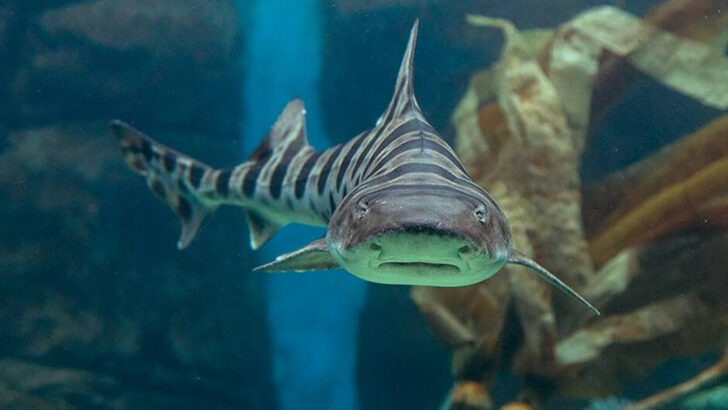Sharks are vanishing—and fast. Once rulers of the deep, many are now running out of time, hunted, finned, and forgotten. These aren’t just a few rare fish; we’re talking about apex predators that have survived for over 400 million years… now disappearing in decades. Some are down to their final strongholds. Others? Already ghosts in waters they once ruled. But not all hope is lost. A brave few species are clawing their way back from the brink—dodging fishing nets, bouncing back in marine sanctuaries, and showing signs of fight left in them. Meet the ten shark species hanging by a thread—and the surprising survivors refusing to go down without a battle.
Great White Shark
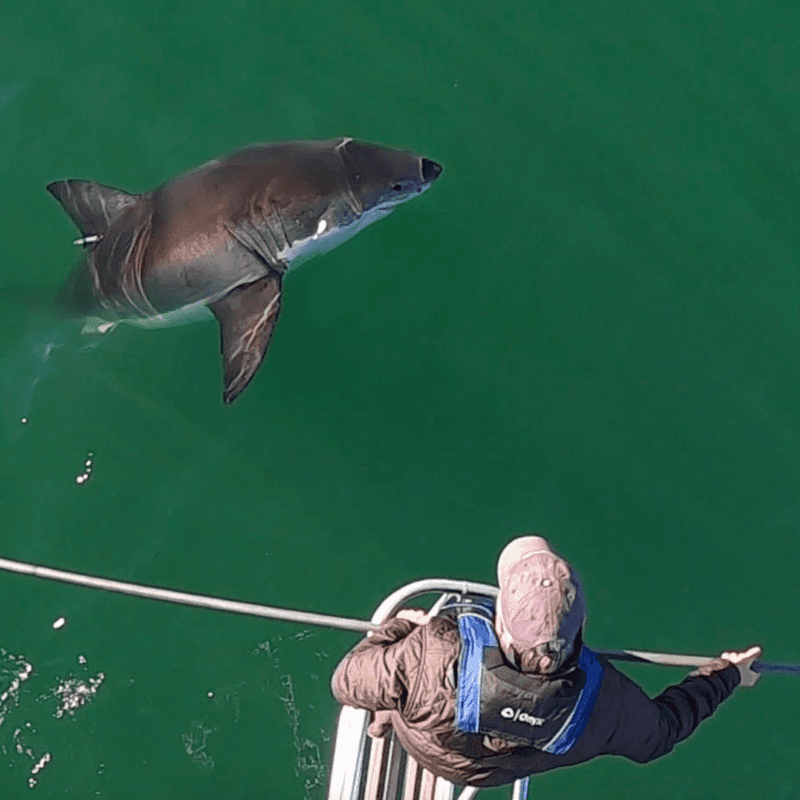
The great white shark, often misunderstood as a mindless predator, is in danger due to overfishing and habitat loss. With its sleek body and rows of sharp teeth, it has become an icon of the sea. This species plays a crucial role in maintaining the ocean’s ecological balance. Despite its fearsome reputation, the great white is vulnerable. Conservation efforts are vital to protect this majestic creature from disappearing forever. Researchers are working tirelessly to understand their behavior and promote awareness about their importance in marine ecosystems.
Hammerhead Shark
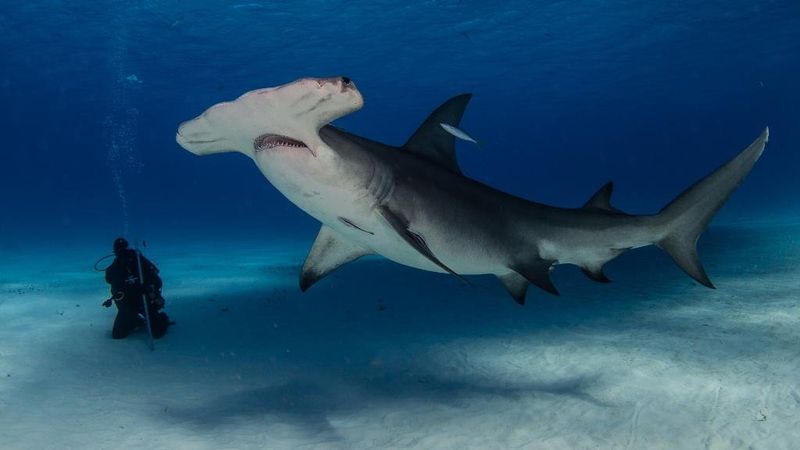
With a head that turns heads, the hammerhead shark is instantly recognizable. Its unique cephalofoil is not just for show; it provides enhanced sensory capabilities. Unfortunately, hammerheads are increasingly caught for their fins, pushing them toward extinction. Their curious nature and sophisticated hunting strategies make them fascinating subjects for study. Conservationists are focusing on protecting their natural habitats and regulating fishing practices to ensure these sharks continue to roam the seas. Community involvement and education are key to their survival.
Tiger Shark
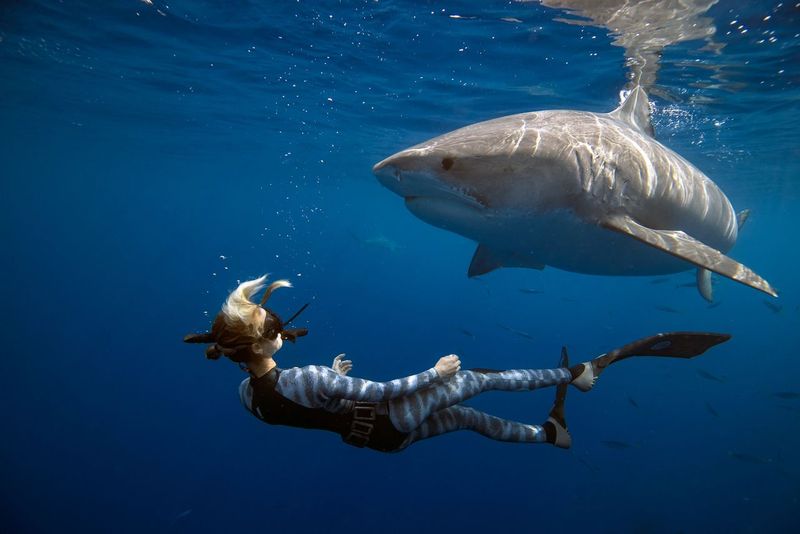
Known for its striking striped pattern, the tiger shark is a top predator in its environment. Often dubbed the “garbage can of the sea” for its varied diet, this shark is crucial for ecosystem health. However, the demand for its fins and habitat degradation are looming threats. Conservationists are advocating for stricter fishing regulations and marine protected areas to safeguard the tiger shark. Its role in the marine food web is irreplaceable, and losing this species could have cascading effects on ocean life.
Whale Shark
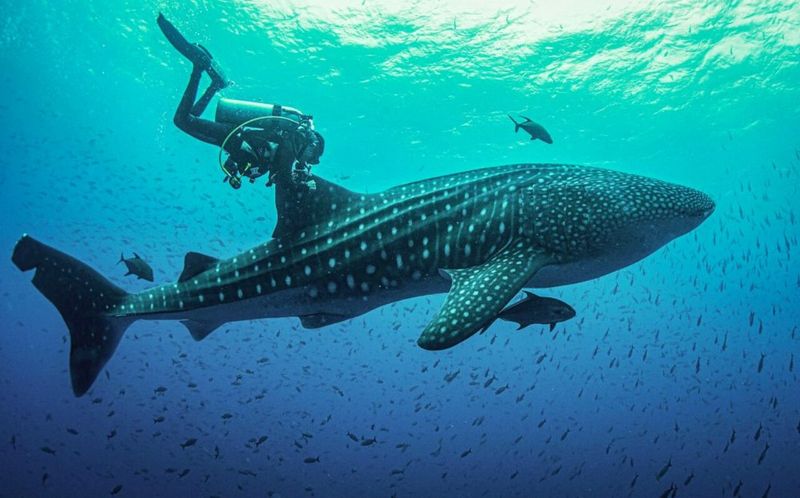
The whale shark, the largest fish in the ocean, is a gentle giant. Contrary to its size, it poses no threat to humans and is often seen swimming alongside snorkelers. Despite its peaceful nature, the whale shark faces threats from commercial fishing and boat strikes. Conservation efforts include tracking their migratory patterns and creating awareness about their plight. Protecting this species is essential for maintaining biodiversity in marine environments. Their slow reproductive rate makes their conservation even more critical.
Oceanic Whitetip Shark
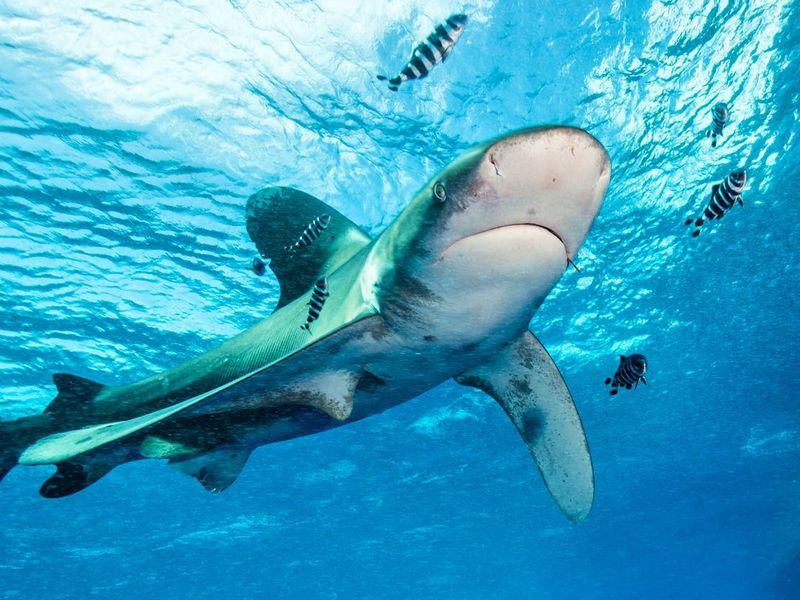
The oceanic whitetip shark, known for its long pectoral fins and white-tipped appearance, faces dire threats from overfishing. Once among the most abundant pelagic sharks, its numbers have plummeted dramatically. This species is often caught as bycatch in tuna fisheries and is sought after for its fins. Conservationists are urging for international cooperation to implement sustainable fishing practices. Their role in the open ocean ecosystem is vital, and efforts are underway to prevent further decline.
Blue Shark
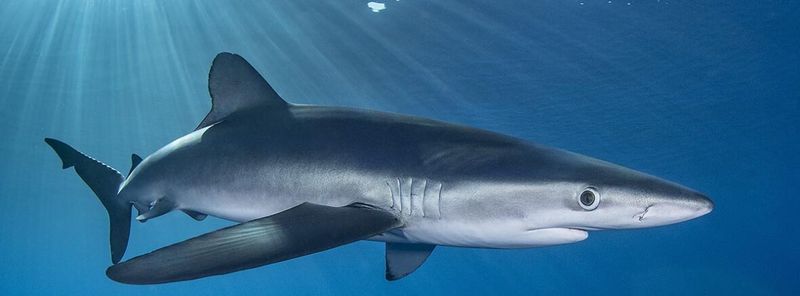
The blue shark, a nomadic traveler of the seas, is known for its slender and vibrant blue body. Despite being one of the most widespread shark species, it is not immune to the threats posed by human activities. Overfishing and demand for its fins have led to a significant decline in populations. Conservation efforts focus on international agreements to regulate fishing quotas and protect this species. Educating the public about their importance in ocean ecosystems is crucial for their survival.
Mako Shark
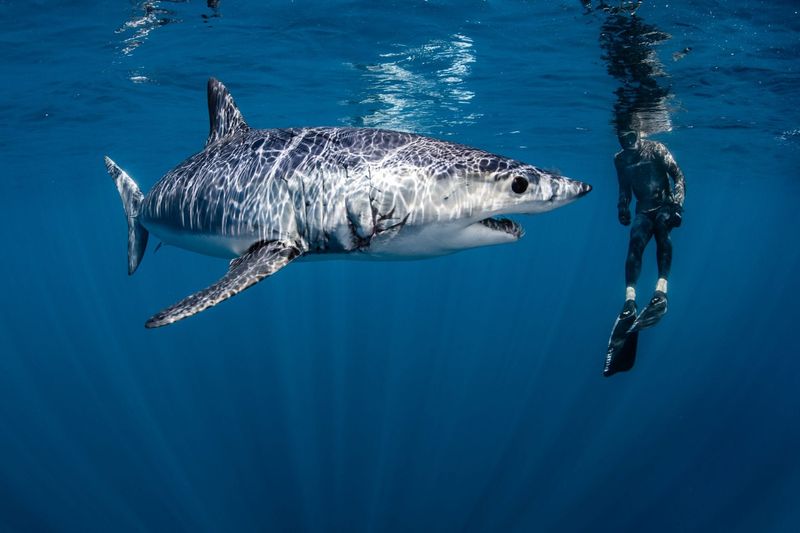
Renowned for its speed, the mako shark is the fastest shark in the ocean. Its agility and streamlined body make it a formidable predator. However, these traits have not protected it from the perils of overfishing. The mako’s meat and fins are highly valued, putting immense pressure on its populations. Conservationists are advocating for stricter regulations to prevent overexploitation. Research into their migratory patterns and behavior is essential to develop effective conservation strategies.
Bull Shark
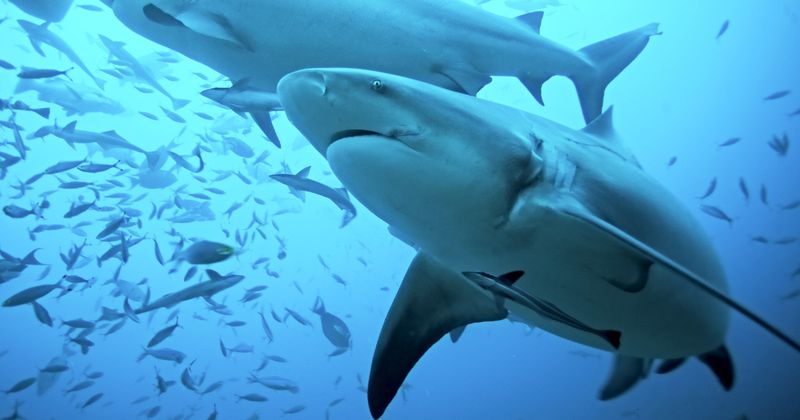
The bull shark, renowned for its adaptability, is one of the few species that can thrive in both freshwater and saltwater. This unique ability, however, does not shield it from the threats of habitat destruction and pollution. Conservationists emphasize the need to protect river estuaries and coastal areas, where bull sharks often reside. Efforts to reduce water pollution and regulate fishing practices are crucial for their preservation. Understanding their role in both marine and freshwater ecosystems is vital for balanced conservation efforts.
Thresher Shark
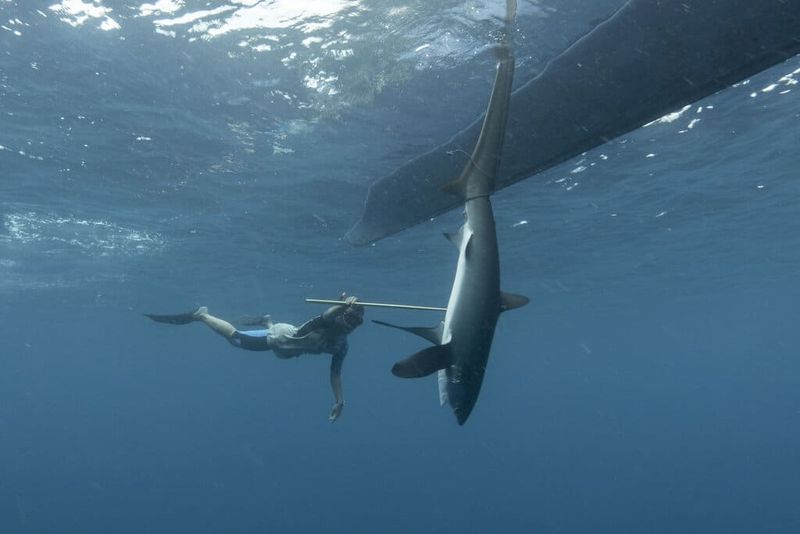
The thresher shark, with its astonishingly long tail, uses this unique feature to stun prey. This remarkable hunting strategy captures the imagination of many. However, its captivating presence in the ocean is threatened by overfishing and bycatch. Conservation efforts focus on protecting their habitats and regulating fishing practices to ensure their survival. Raising awareness about the ecological importance of thresher sharks is vital to garnering support for their conservation.
Basking Shark
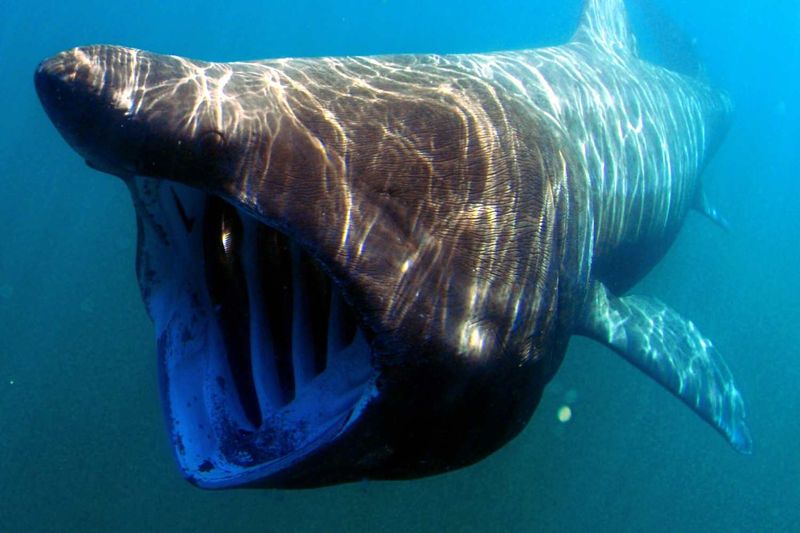
The basking shark, second only to the whale shark in size, feeds peacefully on plankton. Despite its gentle nature, this species is not immune to threats. Overfishing, entanglement in fishing gear, and habitat disturbance are significant concerns. Conservation efforts include monitoring populations and creating marine protected areas. This gentle giant is an integral part of the marine ecosystem, and its protection is essential for oceanic health. Understanding their migratory patterns helps in formulating effective conservation strategies.
Grey Nurse Shark
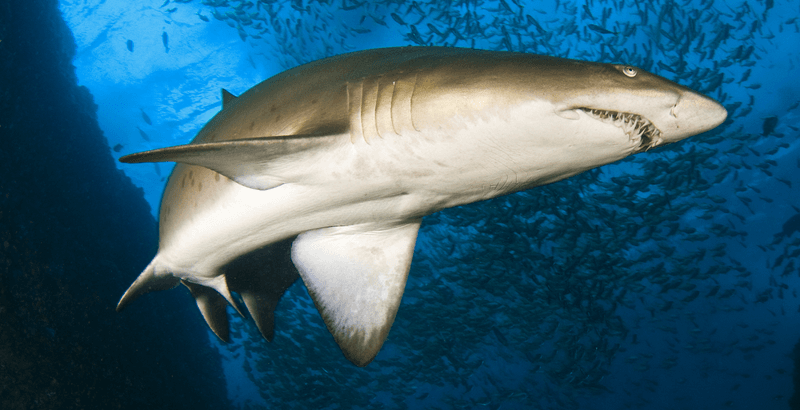
This species was nearly wiped out off Australia’s east coast, but population numbers have stabilized, thanks to strict no-take zones and habitat protections. Recovery is slow, but real.
Leopard Shark
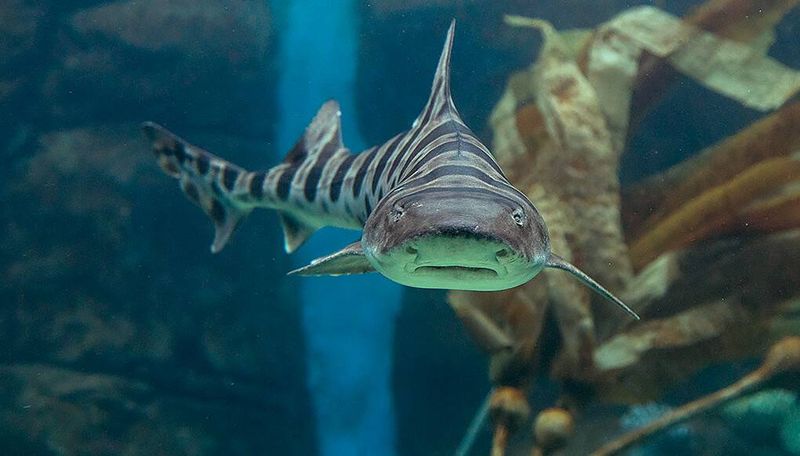
Often glimpsed along the vibrant kelp forests of California, the Leopard Shark is a testament to successful conservation. These sharks are now flourishing in marine protected areas, thanks to committed efforts in sustainable fishing practices.
Despite being a species once under threat, they have become a symbol of hope for marine conservationists. Their resurgence is celebrated, marking a hopeful narrative for the future of endangered marine life.
Did you know? The Leopard Shark’s unique spotted appearance makes it a favorite subject for photographers exploring California’s coastal waters.
Smoothhound Sharks
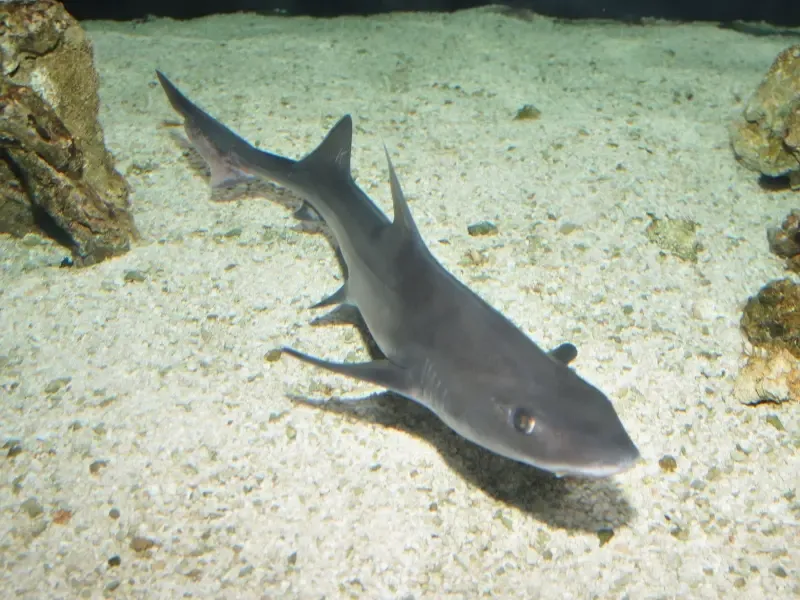
In the serene depths of European waters, smoothhound sharks glide with an elegant ease, their sleek forms adorned with small spots. Through the murmur of currents, these sharks tell a tale of survival and resilience.
Thanks to stringent fishing regulations and dedicated marine protection efforts, some species like the small-spotted catshark have seen their populations stabilize or grow. This conservation success story offers hope amidst the broader challenges faced by sharks globally.
As guardians of the marine ecosystem, smoothhound sharks play an essential role, fostering biodiversity and maintaining the balance of oceanic food webs.

